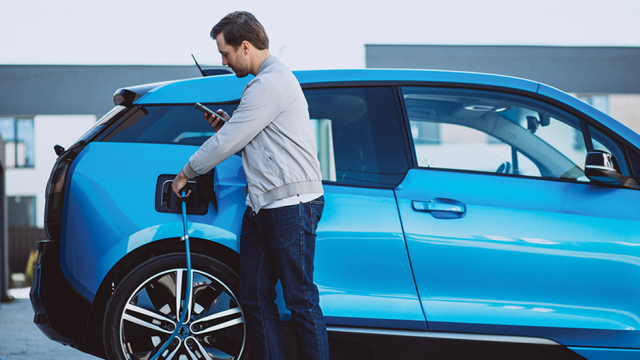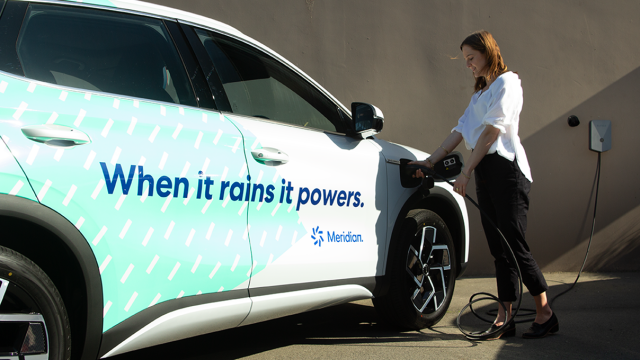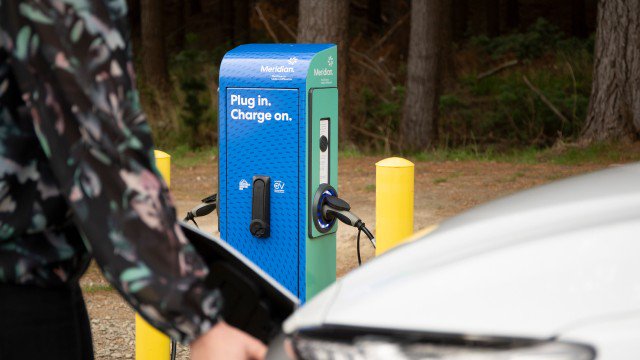Now let’s look at the other side of the debate. A motor industry that’s been around for well over a hundred years and thousands upon thousands of different models of car have depended on petrol or diesel. The large second hand market of cars in New Zealand, especially the very affordable ones, is dominated by internal combustion engine vehicles. But as times are changing and manufacturers are committing to electric, it’s worth thinking about both upsides and downsides of fuel.
Fast to fuel up and more places to do it
While infrastructure changes, today there’s no question - you’ll find far more places to fill up your petrol or diesel vehicle across New Zealand. With networks of EV charging stations like Zero being installed in spots across the country, the future will likely look quite different.
Fuel vehicles also get a tick in the win column for speed to fill the vehicle as compared with an electric vehicle. In under a minute you can be all done and back on the road. As we mentioned earlier, EVs aren’t quite at that level and there’s a balancing act of speed to charge and protecting the health of the battery.
Cheaper and more options (especially on the secondary market)
Cost is something all of us think about when buying anything significant like a car. There’s no getting away from it – you will find far more options both new and used in the petrol and diesel space as compared to EV. This can make ICE cars preferable for younger drivers getting into their first car, but also anyone else on a tight budget or just doesn't want to spend much on a car – and that’s a lot of people!
With that said, it’s unlikely this will be our reality forever. More EV models are coming to New Zealand, and in turn the used market is slowly populating with older models. It’s not going to happen quickly, but as more car companies prioritise EV, things are likely to change here.
And today you still may be able to find a good EV deal on the used market. Check out our guide on used EV first.
No shortage of good mechanics to service
While EVs have fewer mechanical components and areas that can go wrong, they certainly aren’t perfect and things can go wrong. Much like infrastructure and cost, the industry will adapt to having to maintain EVs more. Currently however, you may find that you need to hunt around a bit more for a reputable mechanic that has good working knowledge of EV technology. With a typical vehicle, you’ll have a much easier time finding someone local and very experienced.
Good for heavy duty use
While urban, city environments are often ideal for an EV, there’s a somewhat slower adoption for more rigorous or long distance use cases. There’s a few reasons why petrol or diesel vehicles are preferred in areas like trades, farming or logistics:
- Long range and faster to fuel up - and you’ll often see utes carrying additional fuel in rural areas. In a work environment it might not always be practical to take time out to charge an EV.
- Rough and ready - petrol and diesel utes and trucks are well proven in different terrain and extreme weather conditions.
- Better towing and load capability - EV companies are working to improve their models’ hauling power but it’s still much easier to find a diesel or petrol vehicle that can carry or tow heavy loads.
Longer range on the open road
This one isn’t always the case, and there are many different factors that can influence how a car performs on long distance trips. But EV ranges are more susceptible to being impacted by things like cold temperatures, hills and health of the battery. Fuel based, while variable in their economy, don’t have these concerns the same way. There’s also the matter of speed to fuel up and how common petrol stations are across Aotearoa.

















